How to make cacio e pepe
This three-ingredient pasta is about to become a staple once you see how easy it is to make.
What is cacio e pepe?
Cacio e pepe translates to ‘cheese and pepper’ in Italian and is a classic Roman dish. Traditionally made using Pecorino and freshly cracked pepper, this recipe is quick to make and something you’ll likely always be able to rustle together when you haven’t been grocery shopping for a while.
How to make cacio e pepe?
The process behind cacio e pepe might sound too simple to be true, but once you’ve got the knack of it there’s no turning back. If you’ve ever read pasta recipes that talk about emulsifying the sauce, you’re about to put that into practice here. You essentially want to create a silky sauce by combining the finely grated cheese with the pasta water so that coats the pasta strands.
What do I need to make it?
As we’ve discussed, you’ll need cheese and pepper, but specifically finely grated Pecorino (although Parmesan will work too). Grate the cheese using a Microplane, not on a regular box grater. The black pepper should be coarsely ground and fresh, which you can either do in a pestle and mortar or with a looser pepper grinder. You’re looking for robust chunks of pepper to add flavour. When it comes to pasta, go for something long like spaghetti, linguine or bucatini. Lastly, you’ll need some butter and salt.
Want to take it up a notch? Try Abigail Donnelly’s cacio e pepe with squid ink pasta.

Method
To make enough for 2 people, start by boiling 250 - 300 g spaghetti (or linguine or bucatini) in very well-salted water until very al dente. You don't want to overcook your pasta in the final stages of making the sauce, so be sure to undercook it. Drain in a colander suspended over a heat-proof bowl to catch the pasta water.
While the pasta is cooking, finely grate 100 g Parmesan or Pecorino (or a mix of the two) using a Microplane grater.
In a large pan, melt 60 g (or about 2 - 3 T) butter over a medium heat and add in the freshly ground or cracked pepper. The flavour of the pepper is important here, so don't skimp on it. You're looking to add about 2 T of freshly cracked pepper. Once added to the butter, you want to bloom the pepper in the butter to release the flavour.
Once the black pepper is fragrant, add the cooked pasta and roughly half a cup of the pasta water, tossing to mix everything through. Make sure the water is hot, before removing the pan from the heat.
Add the cheese a handful at a time, tossing the pasta continuously and only adding more cheese once the first batch has mostly melted. Before the last handful of cheese, add one more splash of water, continuing to toss until a smooth, silky sauce forms. If you need to, put the pan back on a low heat to help the cheese melt. Check the seasoning, adding both salt and pepper if you need to, before dividing between two plates and serving.

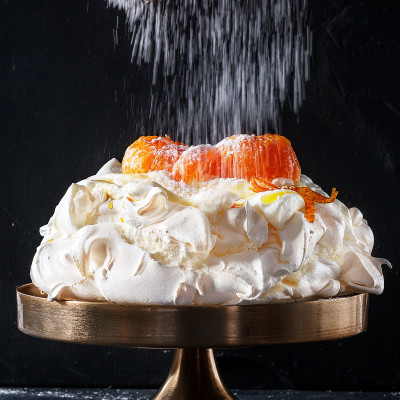
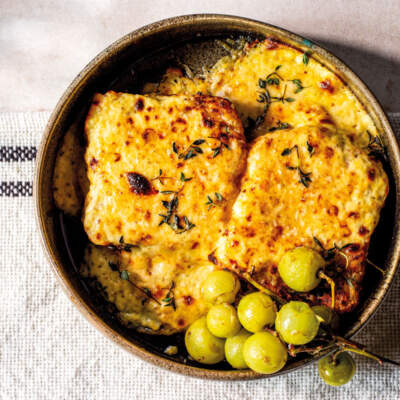

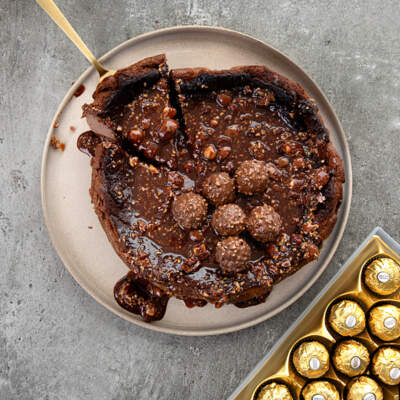
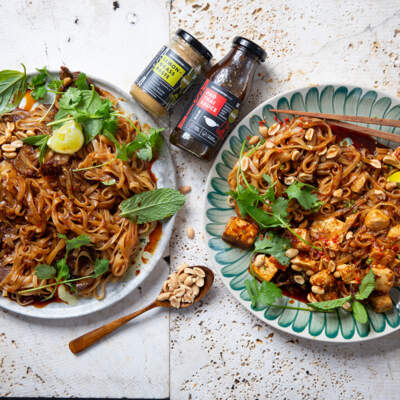
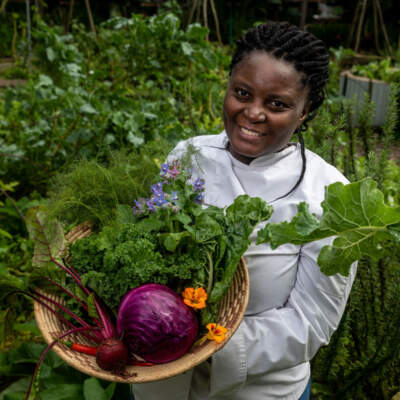
Comments